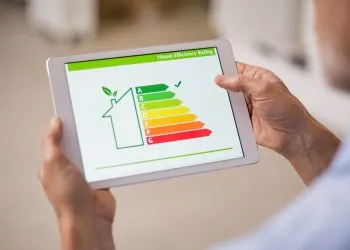The gulf between supply and demand of homes has started to impact sales, as figures showed a slump in transactions in April.
 The latest government statistics revealed 97,970 properties were sold in April – a 10.5% drop on March and 13.9% lower than this time last year.
The latest government statistics revealed 97,970 properties were sold in April – a 10.5% drop on March and 13.9% lower than this time last year.
Whilst this is still high for this time of year – 10% higher than in April 2019 – estate agents have said it is an indication the low supply of properties had taken its toll.
Jeremy Leaf, north London estate agent and a former RICS residential chairman, said: “With available stock at around half the level it was before the start of the pandemic, it’s no surprise transaction numbers have started to fall as demand cannot be satisfied.
“Although activity has held up remarkably well despite successive increases in interest rates and inflation, on the ground we are starting to see the cost-of-living crisis prompting at least an uplift in market appraisals, if not listings, in sufficient numbers to keep up.”
Meanwhile, Emma Cox, director of real estate at Shawbrook, was not sure demand had waned off just yet and that there was still intense competition for the short supply of housing in the UK.
“Despite the growing pressure on household finances, many homebuyers are clearly still determined to move ahead with their purchases.
“Buyers are also conscious of the Bank of England’s future interest rate decisions – a significant driver in pushing people to conclude their purchases as soon as possible.”
When will the cost-of-living crisis hit house prices?
One thing most agree on, however, is that the rising cost of living will eventually hit the housing market.
Sarah Coles, senior personal finance analyst, Hargreaves Lansdown, said: “There are plenty of pressures building in the market. Rocketing prices mean buyers are under increasing pressure, and rising house prices and mortgage rates will be stretching affordability ever-thinner.
“At some point we will see sales slow, as buyer enthusiasm cools slightly. However, at this stage we may well see gentle undulations for a while to come, before we head for lower ground.”














